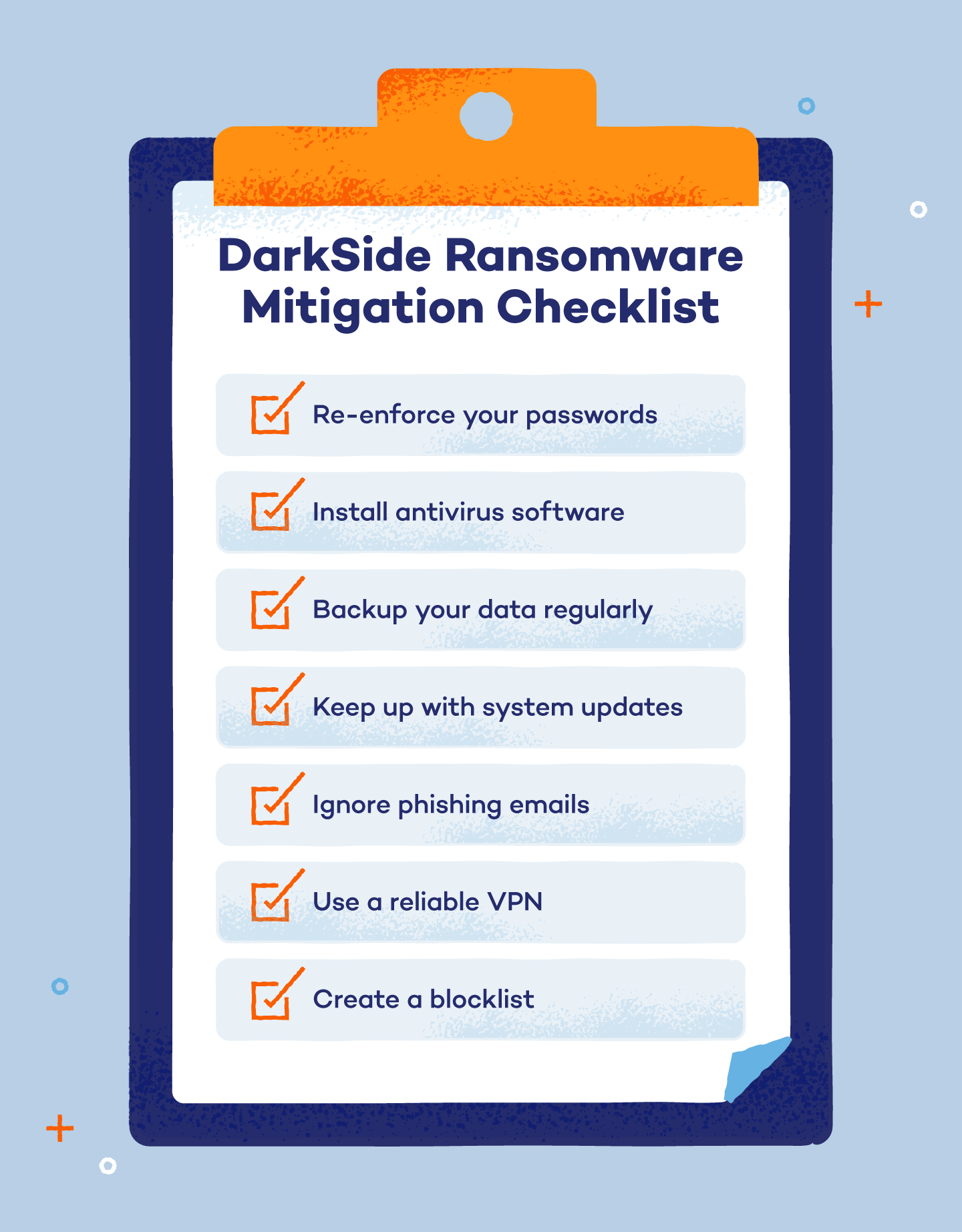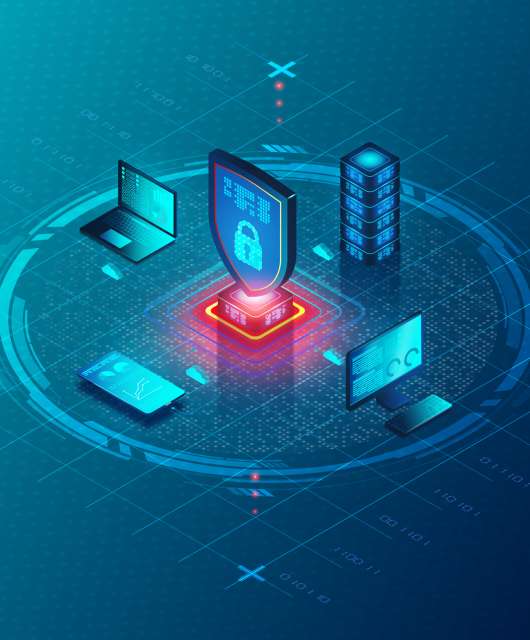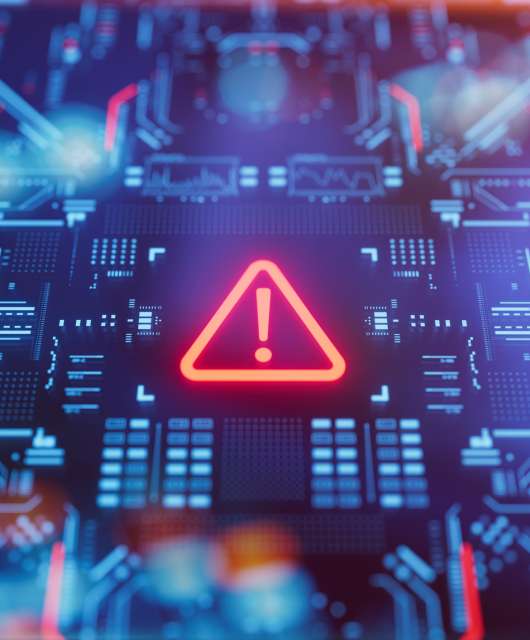Ransomware is one of the most costly threats in today’s digital world. With the increase in ransomware attacks, malicious hackers are causing severe damage by taking over, encrypting, and controlling your data until you pay a ransom or it’s sold to the highest bidder.
A group of cybercriminals recognized as DarkSide has contributed significantly to the growth of ransomware. The group primarily targets their ransomware at companies that can pay hefty ransoms for their crimes.
Still, as an individual user, it’s essential to adopt some best practices to protect yourself against all forms of ransomware.
Let’s uncover more about DarkSide ransomware, including what it is, how it works, and more.
Table of contents:
What Is DarkSide Ransomware?
DarkSide ransomware is a type of ransomware used by the cybercriminal group known as DarkSide that targets organizations worldwide. The group first emerged in 2020 — it’s believed to have been behind the Colonial Pipeline cyberattack — and has since caused significant issues and financial losses.
DarkSide follows a popular business model in the cybercrime world called ransomware-as-a-service (RaaS). The RaaS model is a subscription-based software service that enables malicious affiliates to perform ransomware attacks while remaining anonymous.
Ransomware statistics show how devastating these attacks can be, and DarkSide ransomware is no exception. For example, one of its first major attacks caused the Colonial Pipeline to shut down 5,550 miles of pipe, which carries 45% of the east coast’s fuel supplies. DarkSide then received a ransom of approximately 75 bitcoins.
How DarkSide Ransomware Works
DarkSide ransomware attackers offer their own RaaS software to affiliates for a percentage of the profits. This modern and highly technical ransomware tactic identifies high-value targets and involves more precise monetization of compromised assets.
Understanding their approach on a basic level can help you identify potential ransomware attacks sooner rather than later. Let’s take a look at their approach.

Initial Entry
DarkSide’s initial entry or access point starts by taking advantage of software and system vulnerabilities. They use legitimate tools for management and administration that were intended for use in security research and other good purposes.
Another common tactic includes phishing emails, which trick users into opening links or downloading compromised files to gain access to the system.
Access Escalation
Once in the system, hackers establish command and control channels to escalate their access level, gain administrative privileges and inflict more damage. They can move freely across networks and systems, expanding their reach exponentially.
Data Collection
Now that they have established control, the next step is to collect and encrypt as much sensitive data as possible. This data can include personal information, intellectual property, financial or medical records, etc.
Encryption
After they have gained control of the system and all the collected data, what follows is encrypting it. The encryption process includes freezing the data and denying access to anyone until their request is fulfilled (like a ransom being paid).
How to Prevent DarkSide Ransomware
Even though DarkSide announced they’re no longer active and have shut down their website, we likely won’t every know if they will re-emerge for a future attack. It’s best to be prepared by applying the following prevention tactics to reduce the risk of compromise by ransomware attacks.

- Re-enforce your passwords: Make passwords unique and complex and use a password manager to keep track of them. You should also activate multifactor authentication for extra security.
- Install antivirus software: High-quality antivirus software, like Panda Security, can help protect you against ransomware attacks or viruses.
- Back up your data regularly: Important files must be backed up consistently in reliable cloud storage.
- Keep up with system updates: Regularly update your antivirus, operating system, and applications to minimize vulnerabilities.
- Ignore phishing emails: Learn about the signs of a phishing email and avoid clicking suspicious links or files in unfamiliar emails. You can also enable strong spam filters.
- Use a reliable VPN: A virtual private network secures your internet traffic when you connect to it. Choosing a reliable VPN is key as it allows you to protect your IP address, personal information and transmitted data — even if you access a public network without a WPA2 key.
- Create a blocklist: Filtering and blocking specific URLs helps prevent users from clicking suspicious IP addresses and websites.
Implementing mitigation best practices, such as strong passwords, antivirus software, regular backups, and staying vigilant against phishing attempts, can help keep you from falling victim to a ransomware attack. Stay safe and protect your digital world with Panda Security.
Sources: U.S. Department of State, CISA, TechTarget, The Guardian, and Dark Reading





